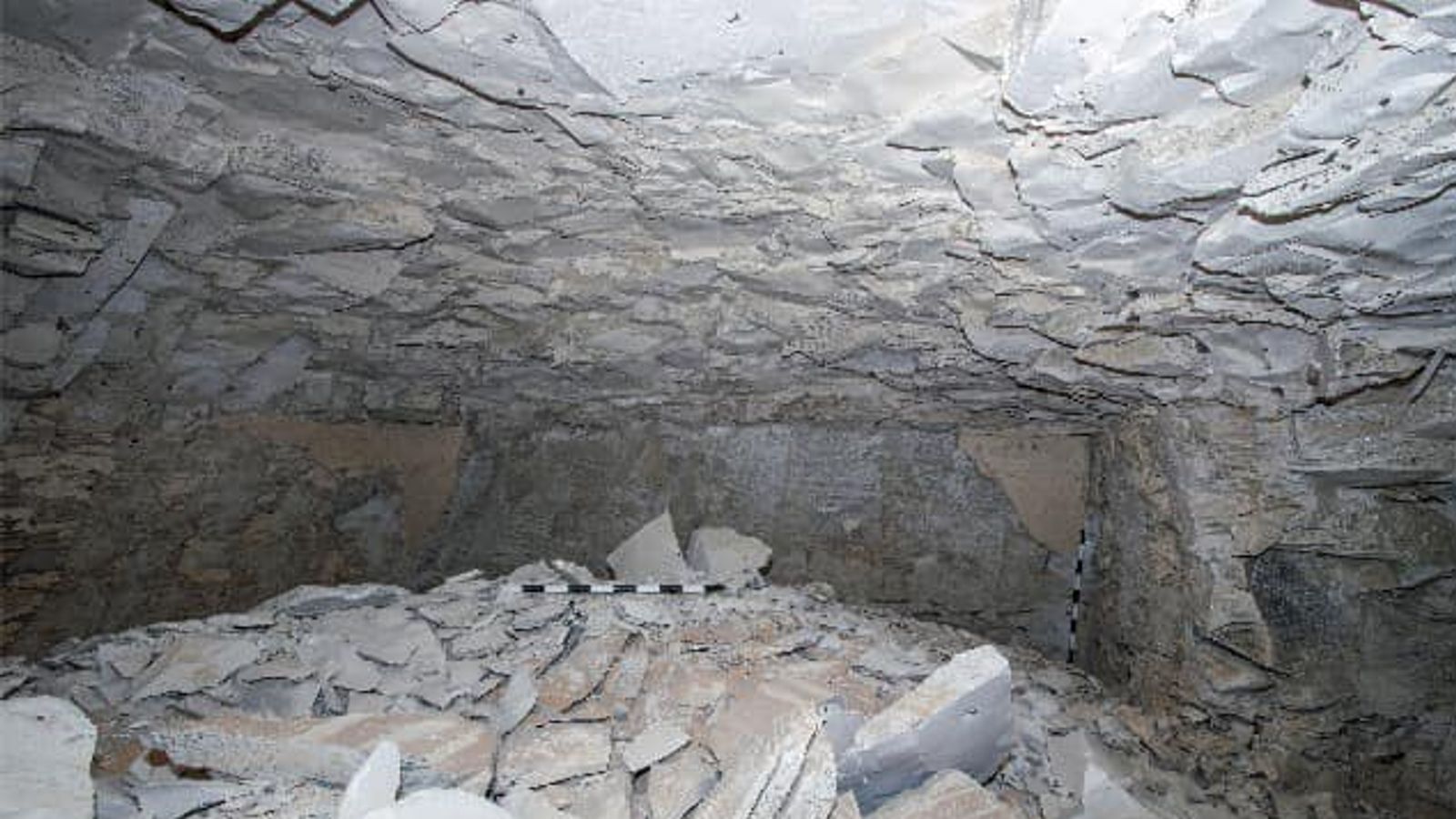
Discovery of Pharaoh Thutmose II's Tomb—A Historic Find in Egypt
Imagine stepping into a dark, ancient corridor, untouched for thousands of years. A staircase leads downward, deeper into history, into the secrets of a lost king. This is exactly what happened when archaeologists uncovered the tomb of Pharaoh Thutmose II—the first royal burial site found in Egypt since the legendary discovery of Tutankhamun over a century ago. This groundbreaking find, made by a joint British-Egyptian team, has reshaped our understanding of Egypt’s 18th Dynasty.
For years, researchers believed that the tombs of early 18th Dynasty pharaohs were located near the Valley of the Kings. But this discovery, deep within the Western Valleys of the Theban Necropolis near Luxor, has changed that assumption. The team, led by Dr. Piers Litherland, initially thought they had found the resting place of a royal wife due to the tomb’s location. However, as they pushed forward, they uncovered a breathtaking clue—a blue ceiling adorned with golden stars. In ancient Egypt, this decoration was exclusively reserved for kings, a sign they had stumbled upon something far greater.
The journey into the tomb was not an easy one. The archaeologists had to navigate through a massive staircase and a long descending corridor, both heavily blocked by flood debris. The ceilings had collapsed in several places, and the team had to crawl through a narrow passageway to reach the burial chamber. What they found was both astonishing and heartbreaking—the tomb was empty. Not because of looting, but because it had been deliberately cleared in ancient times.
Also Read:- iPhone 16e Unveiled – Major Redesign, USB-C, and the Latest A18 Chip
- Messi Battles the Cold as Inter Miami Faces Sporting KC in Historic Freeze
Evidence suggests that just a few years after Thutmose II’s burial, the tomb was flooded due to its unfortunate placement beneath a natural waterfall. The ancient Egyptians, realizing the damage, relocated the pharaoh’s remains to another location, leaving behind only a few remnants. But those remnants were enough. Among the rubble, the team discovered fragments of alabaster jars inscribed with the names of Thutmose II and his wife, the famous Queen Hatshepsut—one of the most powerful female rulers in Egyptian history.
This discovery is significant for multiple reasons. It not only solves a centuries-old mystery about the location of early 18th Dynasty tombs but also raises an exciting possibility—the existence of a second tomb, where Thutmose II’s remains and treasures may still lie intact. Dr. Litherland and his team now believe they have a strong lead on where to search next.
For Egyptologists and history enthusiasts, this find is monumental. It is the first royal tomb discovery since the unearthing of Tutankhamun in 1922, and it provides invaluable insights into the burial practices and architectural advancements of the time. The excavation is the result of over 12 years of dedicated research by the New Kingdom Research Foundation and Egypt’s Ministry of Tourism and Antiquities.
As Dr. Litherland recalled the moment of discovery, he described feeling overwhelmed, even breaking into tears upon exiting the tomb. And who wouldn’t? To stand where a great pharaoh was once laid to rest, to touch the walls that witnessed history, is an experience beyond words.
Now, the world waits to see what comes next. Will the team locate the missing treasures of Thutmose II? Could an untouched royal burial chamber still be hiding beneath the sands of Egypt? One thing is certain—this discovery is just the beginning of a new chapter in our understanding of ancient Egypt.
Read More:

0 Comments